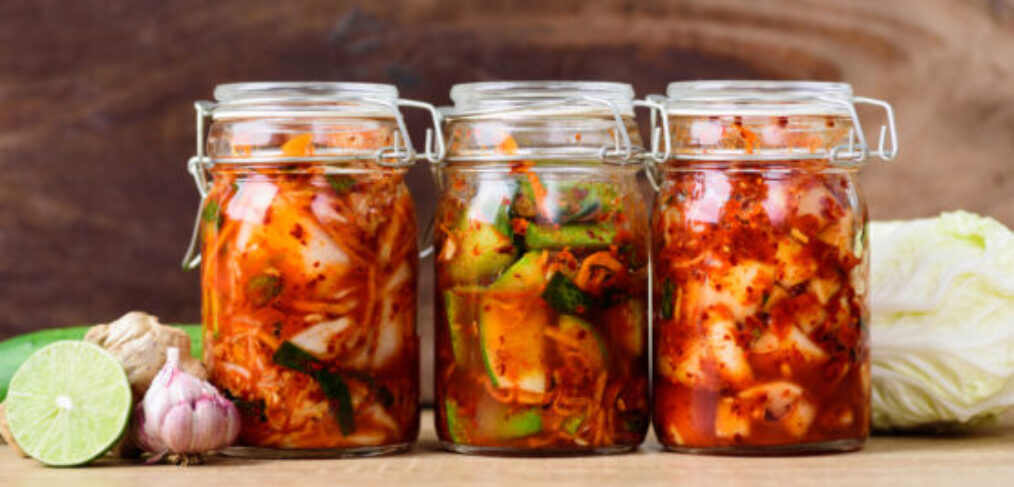Breaking Your Fast: What You Eat First Matters

Fasting gets a bad rap all too often.
Some of my favorite misinterpretations include:
- Fasting is just an eating disorder in disguise
- Fasting can wreak havoc on a woman’s hormonal balance
- Long term intermittent fasting can lead to cardiovascular disease
To clarify, if fasting is not properly understood in terms of why, how and when, it can certainly lead to a disastrous outcome.
In actuality, fasting can have positive effects on aspects of health like blood sugar control, blood pressure, inflammation and weight loss (1).
It’s also a crucial part in improving the gut microbiome by reducing oxidative stress, enhancing mitochondria function and triggering autophagy, the body’s way of cleaning out damaged cells, in order to regenerate newer, healthier cells (2).
Whether you ease your way into fasting by simply extending the hours in which you do not eat, or dive right into a textbook IF (intermittent fasting) protocol, in which you typically refrain from feeding for 18 hours and eat only within the hours of, for example, 12-6pm, what you break your fast with matters.
Just the other day, I was in conversation with a new client who shared that he felt great while he fasted, but as soon as he ate, he felt tired and bloated shortly thereafter.
“What do you typically break your fast with?”, I asked?
His reply? A Clif Bar.
While you could certainly do a lot worse than a Clif Bar (at least the ingredients are non GMO and the macros are relatively balanced), the product still contains soy, rice syrup and seed oils (4).
So what should you eat to break your fast?
Regardless of why you’re fasting, whether your ultimate goal is to achieve a leaner body, have a clearer mind or address an autoimmune issue, the one common thread all of the above and more have is what is going on in your gut, so by default, one benefit we all get from implementing some fasting is an opportunity to reset our gut.
By giving your gut a break from the processes involved in eating, digesting and elimination, we allow the opportunity for good gut bacteria to rest and repopulate as well as for the unfavorable bacteria to begin to die off (apoptosis).
While in most people, it’s going to take more than one cycle of fasting to achieve optimal gut health, each and every time we fast is a chance to slowly improve gut health, so choosing what you eat after each fast matters.
Imagine you were starting on a clean slate and you opt for foods and drinks that are going to most optimize for the best outcome in terms of feeding the gut what it wants.
What comes to mind?
Bone broth? Fermented foods? Good fat, such as coconut, which is rich in gut healing compounds like lauric and caprylic acids?
All of the above are excellent options, eaten in an optimal combination so that your blood sugar remains balanced.
My own personal favorite is half of a large avocado, topped with a heaping scoop of saurkraut or kimchi, a squeeze of lemon juice with olive oil drizzled on top and perhaps a cup of bone broth blended with a tablespoon of raw butter.
High in probiotics, good fat, collagen, gelatin and the amino acids proline, glutamine and arginine the meal above is exactly what your gut may be screaming for and when and after you eat, you can expect to feel nourished, balanced and just the opposite of how you’d feel, had you broken your fast with a coca cola… or a clif bar!
- https://newsinhealth.nih.gov/2019/12/fast-or-not-fast#
- https://www.ifm.org/news-insights/fasting-and-the-gut-microbiome-exploring-the-connection-and-health-benefits/
- https://shop.clifbar.com/products/clif-bar-chocolate-chip?srsltid=AfmBOorW86ROJBxe2nvV0AKDwnHbfE_xRFcY-aRYw_B4fszuEjgj5fbT





